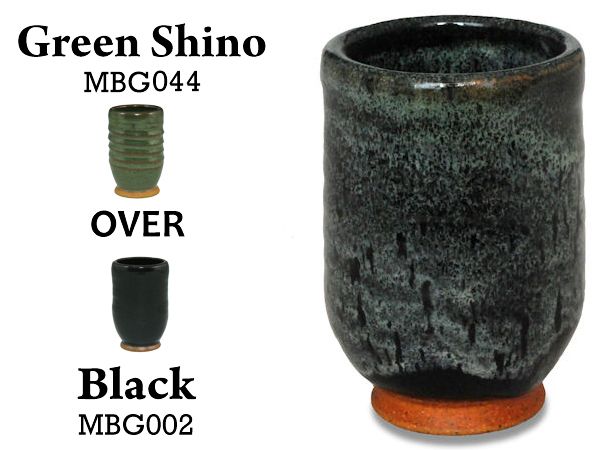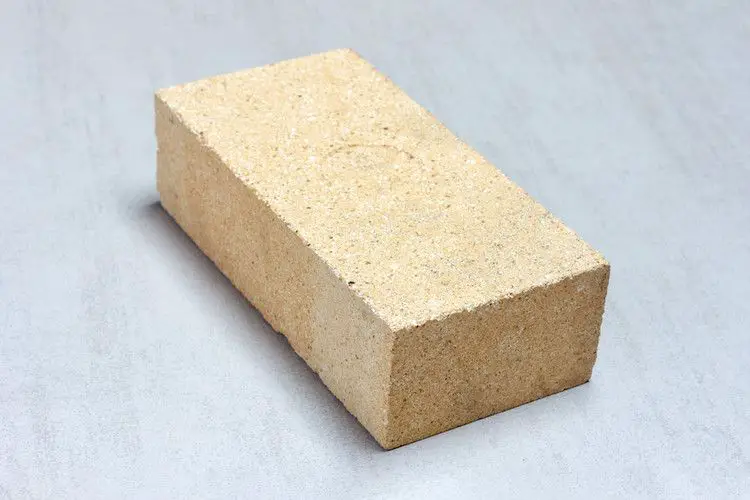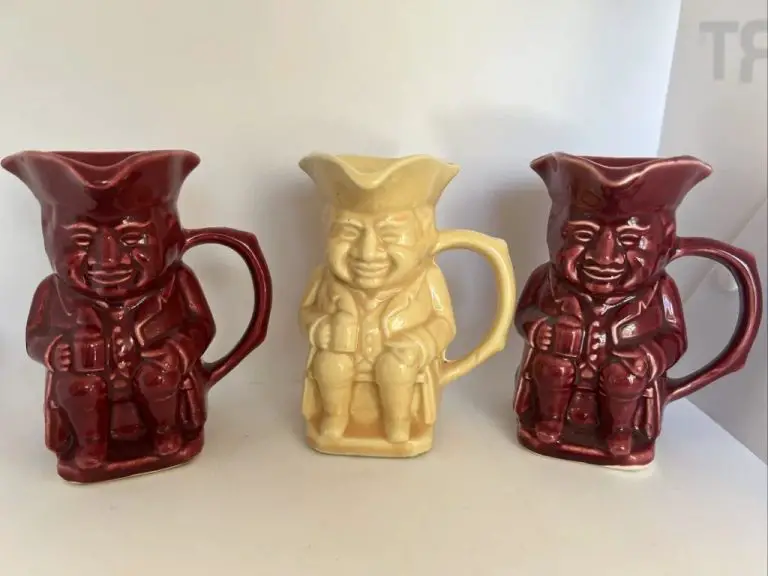Where Are Coyote Glazes Made?
Coyote glazes refer to a specific type of ceramic glaze first developed in the 1970s by Pottery Northwest in Seattle, Washington. The glazes were designed to produce earthy matte finishes with unique crazing effects in the final fired pottery. Coyote glazes derive their name from their ability to mimic the colors and textures found in coyote fur. They are known for producing muted yet rich colors like browns, grays, greens, blues and purples. When applied to high-fire stoneware or porcelain clay bodies, coyote glazes create distinct crackle patterns as the glaze interacts with the clay body during firing. This gives finished pottery a rustic, natural look reminiscent of stone or animal hide. Coyote glazes remain popular today among ceramic artists and potters who appreciate their unique aesthetic qualities.
Definition of Coyote Glazes
Coyote glazes are a line of high-iron glazes developed by the Coyote Ceramics company in the 1990s. According to the Coyote Ceramics website, coyote glazes are characterized by their high iron oxide content which gives them rich, earthy colors and textured surfaces that mimic natural surfaces like stone, bark, and terrain.
The high iron content in coyote glazes causes them to be more matte and textured rather than glossy. The iron acts as a flux which promotes melting and flowing of the glaze, leading to more exaggerated texture and breaking effects. Coyote glazes are designed to mimic the natural textures and colors found in stoneware clays. They are known for their “natural look” and ability to resemble natural surfaces.
Some common visual characteristics of coyote glazes are their warm, rustic color palette and visible iron crystal formations on the surface. The glazes often exhibit breaking, crawling, and texture effects from the high iron content. Coyote glazes are typically formulated for cone 6 oxidation or reduction firing.
History
Coyote glazes have their origins in the American Southwest. According to Amaranth Stoneware, the company was founded in 1989 by potter John Hesselberth. He began experimenting with glaze recipes and testing them on the local clay bodies near his home in New Mexico.
Hesselberth was inspired by the natural landscape and colors of the desert. He worked to develop vibrant glazes in earthy hues like terracotta, turquoise, and sand. As word spread about his glazes, other ceramic artists became interested in using them. So Hesselberth began producing the glazes on a larger scale to sell to potters and crafters.
In the 1990s, Hesselberth officially launched Coyote Glazes as a company. The business grew steadily over the years, expanding its selection of glaze colors and finishes. According to the Coyote Glaze Ceramics & Pottery Facebook group, Coyote became one of the leading manufacturers of ceramic glazes in the United States.
Today, Coyote offers over 100 glaze choices while still maintaining its homegrown origins and Southwestern aesthetic. The company continues to innovate and release new glazes each year, solidifying its reputation in the pottery world.
Chemistry
The distinctive colors and textures of Coyote glazes come from their unique chemical compositions. Coyote glazes are lead-free and food-safe, made from a blend of silica, feldspar, dolomite, and colorants like iron, cobalt, copper, and manganese oxides [1].
Iron oxide is commonly used in Coyote glazes like Ancient Iron and Saturated Iron to produce earthy reds, oranges, and browns. The iron interacts with the high alkaline glaze chemistry to break down and flux the glaze surface, creating the distinctive satin matte effect [2]. Copper oxide can create greens and blues, while cobalt oxides produce deep blues and purples.
By layering multiple glazes with different metal oxides, potters can achieve mottled, textured effects in the finished glaze. The molten glazes blend and react to create one-of-a-kind surfaces. Coyote’s glaze chemistries are designed to be compatible for layering without crazing or shivering.

Manufacturing Process
Coyote glazes are manufactured at commercial glaze manufacturing facilities. The ingredients for the glazes, including clays, fluxes, and pigments, are precisely measured and combined into batches. According to Coyote Glaze & Underglaze Distributors, the ingredients are mixed together either by blunger machines or pug mills to create a homogeneous mixture.
The glaze mixture is then poured into trays and allowed to dry. Once dried, the glaze is broken up and ground into a fine powder. Powerful hammer mills and ball mills are typically used for the grinding process. The glaze powder is then screened to ensure a consistent particle size distribution.
The finished glaze powder is packaged into bags or buckets for distribution. Coyote glazes are known for their high quality control standards during the manufacturing process. Each batch is tested before leaving the factory to ensure reliable results for ceramic artists and potters.
Major Manufacturers
Coyote glazes have established themselves as one of the most popular brands of pottery glazes on the market. Some of the major manufacturers include:
Sheffield Pottery – Sheffield Pottery has an extensive selection of Coyote glazes ranging from matte to glossy finishes. They offer the glazes in a variety of sizes from 4 oz sample jars to 10 lb buckets.
The Ceramic Shop – This retailer sells sets and samplers of the most popular Coyote glaze colors and finishes. Their “Best Sellers” set includes 12 of the top selling Coyote glazes.
Other major distributors include Clay King, Big Ceramic Store, and Dick Blick Art Materials. Local ceramic suppliers may also carry selections of Coyote glazes for purchase.
Locations
Coyote glazes are primarily produced in the western and midwestern regions of the United States. The main production facility is located in Prescott, Arizona, where Coyote Clay & Color Corp oversees manufacturing and distribution.
According to the Coyote Clay website, the company has over 60 distributors located across 30 U.S. states, including major distributors in Arizona, California, Colorado, Illinois, Michigan, Oregon, Texas, Utah, Washington and Wisconsin.
Some of the major cities where Coyote distributors are located include Phoenix, Tucson, Los Angeles, San Diego, Denver, Chicago, Grand Rapids, Portland, Dallas, Houston, Salt Lake City, Seattle and Milwaukee. Coyote products are distributed across these regions from the central Prescott, AZ production site.
For example, the Amaranth Stoneware blog documents a tour of the main Coyote warehouse and production facility in Prescott https://amaranthstoneware.com/blogs/news/we-toured-the-coyote-glaze-headquarters-and-it-rocked.
Environmental Considerations
The production of coyote glazes has some environmental impacts that should be considered. According to Krueger Pottery [1], the glazes are made from natural materials like feldspar, silica, and clay, which need to be mined and processed. The mining and refining of these raw materials can disturb landscapes and generate pollution. Manufacturing the glazes also requires high kiln temperatures, which consumes a lot of energy.
However, some steps are taken to reduce environmental impacts. For example, Coyote Glazes uses local raw materials when possible to reduce transportation emissions [2]. The company recycles clay scraps and glaze waste back into new batches of glaze. Energy-efficient kilns are used to fire the glazes. Overall, balancing performance requirements with sustainability helps minimize the environmental footprint of coyote glaze production.
Uses
Coyote glazes are commonly used by ceramic artists and potters to provide decorative and functional finishes on ceramic wares like pottery, sculptures, and tiles.[1] The glazes are typically applied to bisque fired clay bodies before a final firing in the kiln. Coyote offers a wide range of glaze colors and effects like crawls, satins, transparents, andReactive glazes that allow potters to achieve diverse aesthetic looks on their finished pieces.
Some of the most popular uses for Coyote glazes include:[2]
- Adding colored crawls, metallic lusters, and breaking effects over neutral glazes
- Using reactive glazes like their popular Gun Metal Green to create unpredictable variations in the fired surface[3]
- Creating food-safe and durable glaze finishes for functional pottery like mugs, plates, and bowls
- Providing transparent glazes that enhance the natural texture and appearance of the clay body
- Achieving decorative effects like pouring multiple glazes to get blends, drips, and color variations
Coyote glazes are used by hobby potters, professional ceramic artists, and students to decorate and finish their pieces with beautiful colors, textures, and effects. The glazes are known for being high quality, reliable, and versatile for a wide range of applications in pottery and ceramic artwork.
Future Outlook
The future looks bright for coyote glazes and the industry as a whole. As interest in handmade ceramics and pottery continues to grow, many predict an increase in demand for high quality glazes like those made by Coyote.https://www.sheffield-pottery.com/Coyote-Glazes-s/393.htm Coyote is well positioned to meet this demand with their wide range of colors, sheens, and textures. They continue to innovate by introducing new glaze lines and improving their existing offerings.
Some key trends shaping the future of coyote glazes include:https://www.sheffield-pottery.com/Coyote-glaze-190-Summer-Peach-Pint-p/cg190p.htm
- Increased popularity of matte and satin finishes
- Vibrant colors like jewel tones and neons
- Interest in creating effects like crackle, crystals, and texture
- Developing more environmentally-friendly formulas
Coyote is likely to continue expanding their catalog with glazes in these trending styles and effects. They may also pursue innovations in water-based and low VOC glazes as environmental concerns grow in the ceramics community. With their dedication to quality and customer satisfaction, Coyote is poised to thrive along with the handmade pottery revival.


